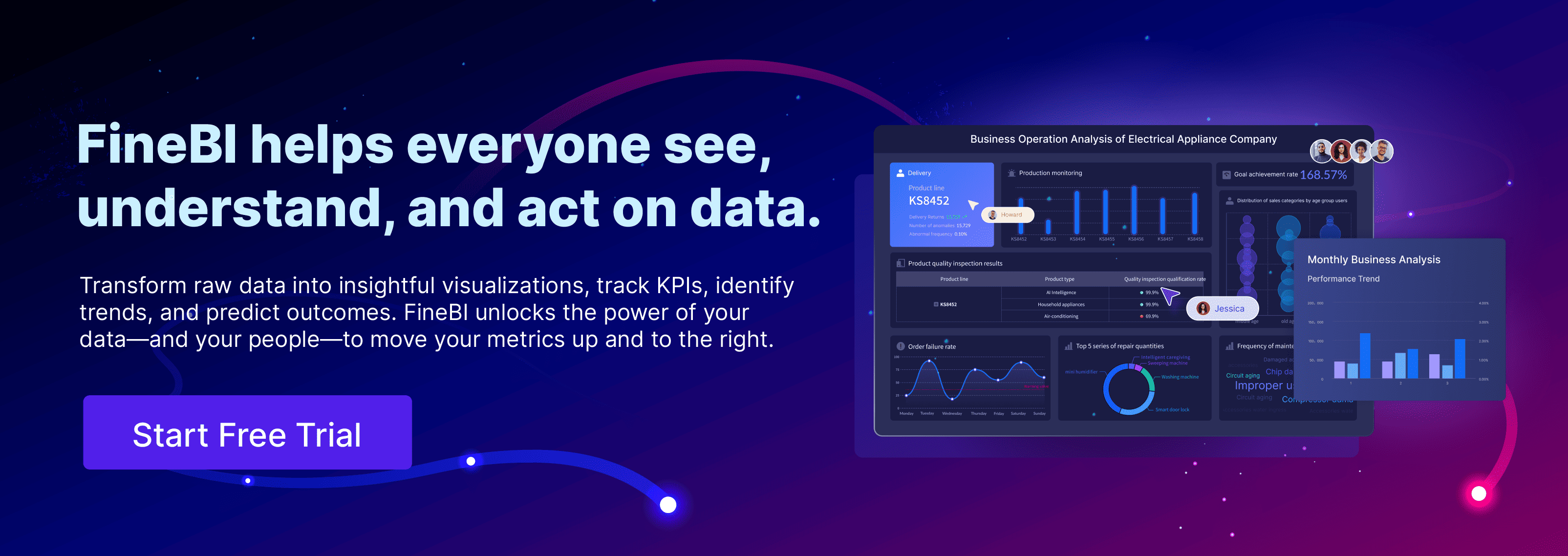Actual cost in accounting means the real amount you pay for an item, service, or activity. This cost includes everything spent, such as materials, labor, and overhead, as described in PwC’s Inventory Guide and supported by accounting standards like ASC 330. You need to know your actual cost to track business performance and make smart financial decisions. In today’s data-driven world, tools like FineBI from FanRuan help you capture and analyze actual cost quickly, giving you a clear view of your expenses.
Actual Cost Explained

Definition and Meaning
When you look at actual cost in accounting, you see the real amount your business spends to make a product or deliver a service. This includes every dollar paid for materials, wages for workers, and overhead like utilities or rent. You do not rely on guesses or averages. Instead, you track the exact money that leaves your accounts.
Actual cost stands apart from other cost concepts in cost accounting. Standard cost uses a set amount based on past data or engineering estimates. Estimated cost projects what you might spend before you start production. With actual cost, you always use real numbers from your financial records. This approach gives you a clear picture of the true costs of production. You can see exactly what you paid, not just what you expected to pay.
You use actual costing to record the real expenses for each item or job. This method works well when you need to know the precise cost for contracts, custom orders, or when prices change often. In a work-order-driven environment, actual cost captures the real material and labor used, giving you immediate insight into your spending.
The main components of actual cost include:
- Direct materials: The raw materials you buy and use in production.
- Direct labor: The wages you pay to workers who make the product.
- Overhead: Indirect costs like electricity, equipment maintenance, and factory rent.
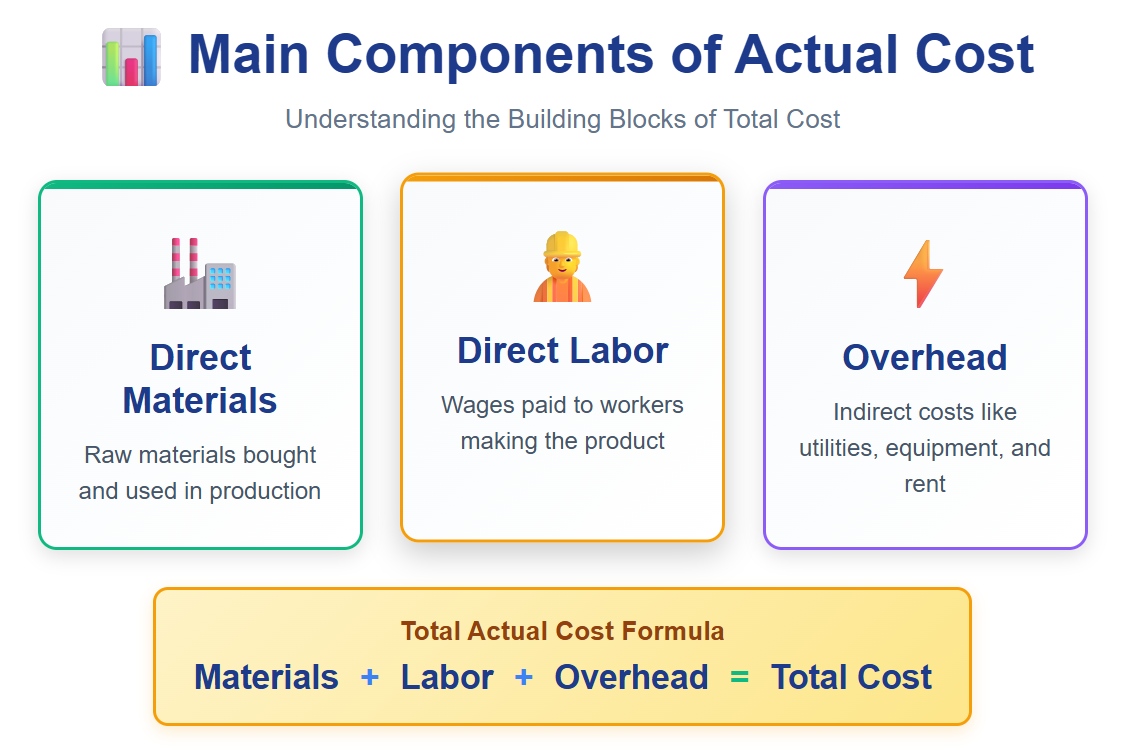
Actual cost covers both direct and indirect expenses. You add up all these amounts to find the total cost for each product or service.
Tip: Actual cost relies on historical, measurable transactions. You always base your numbers on what you actually spent, not on estimates.
Key Features
Actual costing has several features that make it unique in cost accounting. You benefit from these features when you want accuracy and up-to-date information.
- You calculate costs using real expenses for materials, labor, and overhead.
- You rely on real-time data, not on estimates or standards.
- You get precise cost information, which helps you make better decisions.
- You can adjust quickly to changes in prices or production methods.
- You see the true costs of production, which is important for profit measurement and cost control.
Here is a table that shows how actual costing compares to normal costing:
| Feature | Actual Costing | Normal Costing |
|---|---|---|
| Timing | Costs determined after production is complete | Costs estimated and applied during production |
| Overhead Costs | Uses actual overhead costs | Uses estimated overhead rate |
| Precision | More accurate, based on actual expenditures | Less precise, based on estimates |
Actual costing gives you a detailed and accurate view of your business expenses. You can use this information to track performance, control costs, and improve your financial results. However, you need to collect and manage a lot of data, which can take more time and effort.
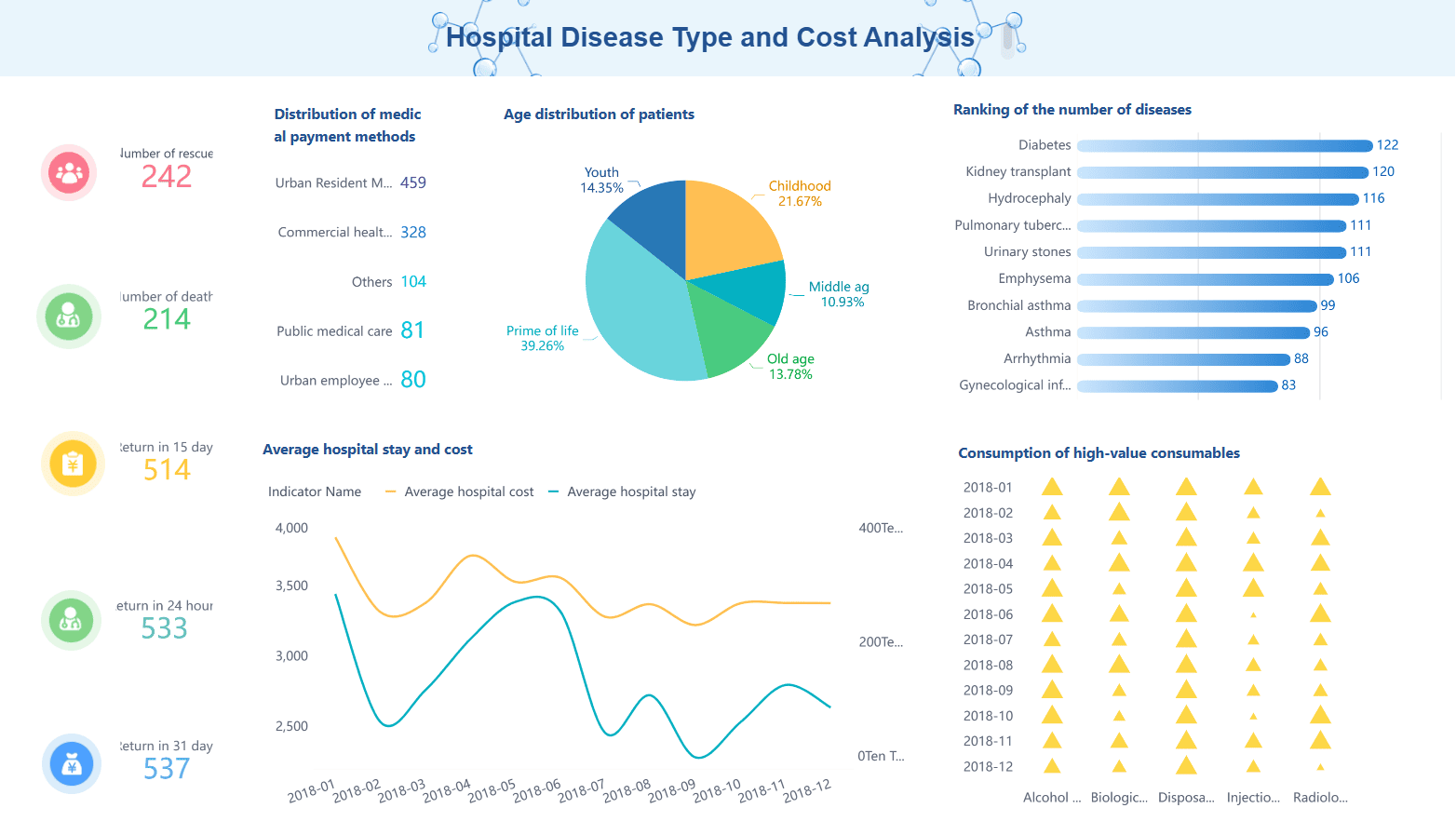
Note: Actual cost systems work best when you need to track costs closely and respond to changes quickly. They help you avoid surprises and keep your business on track.
Actual Cost vs. Budgeted Cost
Main Differences
You need to understand the difference between actual cost and budgeted cost to manage your finances well. Here is a clear breakdown:
- Actual cost shows the real money you spend on a project or product. You use real prices and quantities from your records.
- Budgeted cost is the amount you plan to spend. You calculate it before you start, using estimates for materials, labor, and overhead.
- You use actual costs to measure how much you really spent. Budgeted costs help you set targets and plan resources.
- You can only know actual costs after you finish the work. Budgeted costs are set before you begin.
- To analyze the variance, you subtract budgeted cost from actual cost. This tells you if you spent more or less than planned.
Here is a table to help you compare:
| Aspect | Budgeted Cost | Actual Cost |
|---|---|---|
| When Calculated | Before operations | After operations |
| Based On | Estimates, forecasts, and past data | Real transactions and receipts |
| Purpose | Planning and resource allocation | Measuring real performance |
| Impact | Sets targets and expectations | Shows true spending and efficiency |
| Adjustments | Can change in future budgets | Cannot change; reflects what happened |
Why It Matters
You gain many benefits when you track both actual costs and budgeted costs. Here are some reasons why this matters in accounting and cost accounting:
- You can spot differences between what you planned and what you spent. This helps you find problems or successes.
- Variance analysis lets you see if you are over or under budget. You can then take action to fix issues or repeat good results.
- You learn from past spending. This helps you make better budgets in the future.
- You improve your business by finding ways to save money or use resources better.
- You support better financial reporting and decision-making. Accurate numbers help you respond quickly to changes in your business.
Tip: Using technology for real-time tracking and variance analysis makes it easier to manage costs and improve your financial results.
Actual Cost in Practice
Calculation Steps
You need a clear process to calculate actual costing in your business. This helps you track every dollar you spend and understand your total actual cost. Here is a step-by-step outline you can follow:
- Identify all activities: Start by listing every activity involved in making your product or delivering your service. Include labor, materials, and machine use.
- Gather data: Collect accurate records of the actual cost of materials, actual cost of labor, and actual overhead costs. Use invoices, payroll, and utility bills.
- Record direct costs: Assign costs that you can directly trace to a product or service, such as raw materials and wages for workers.
- Accumulate indirect costs: Gather expenses that support your operations but do not link to a single product, like rent or administrative salaries.
- Allocate indirect costs: Use a fair method to spread these costs across all products or services. For example, you might use square footage for rent or hours worked for salaries.
- Calculate total expenses incurred: Add up all direct and indirect costs to find your total actual cost for each product or service.
- Analyze variances: Compare your actual costs to your budgeted or standard costs. Look for differences and investigate the reasons.
- Take action: Use your findings to improve efficiency, adjust processes, or renegotiate with suppliers.
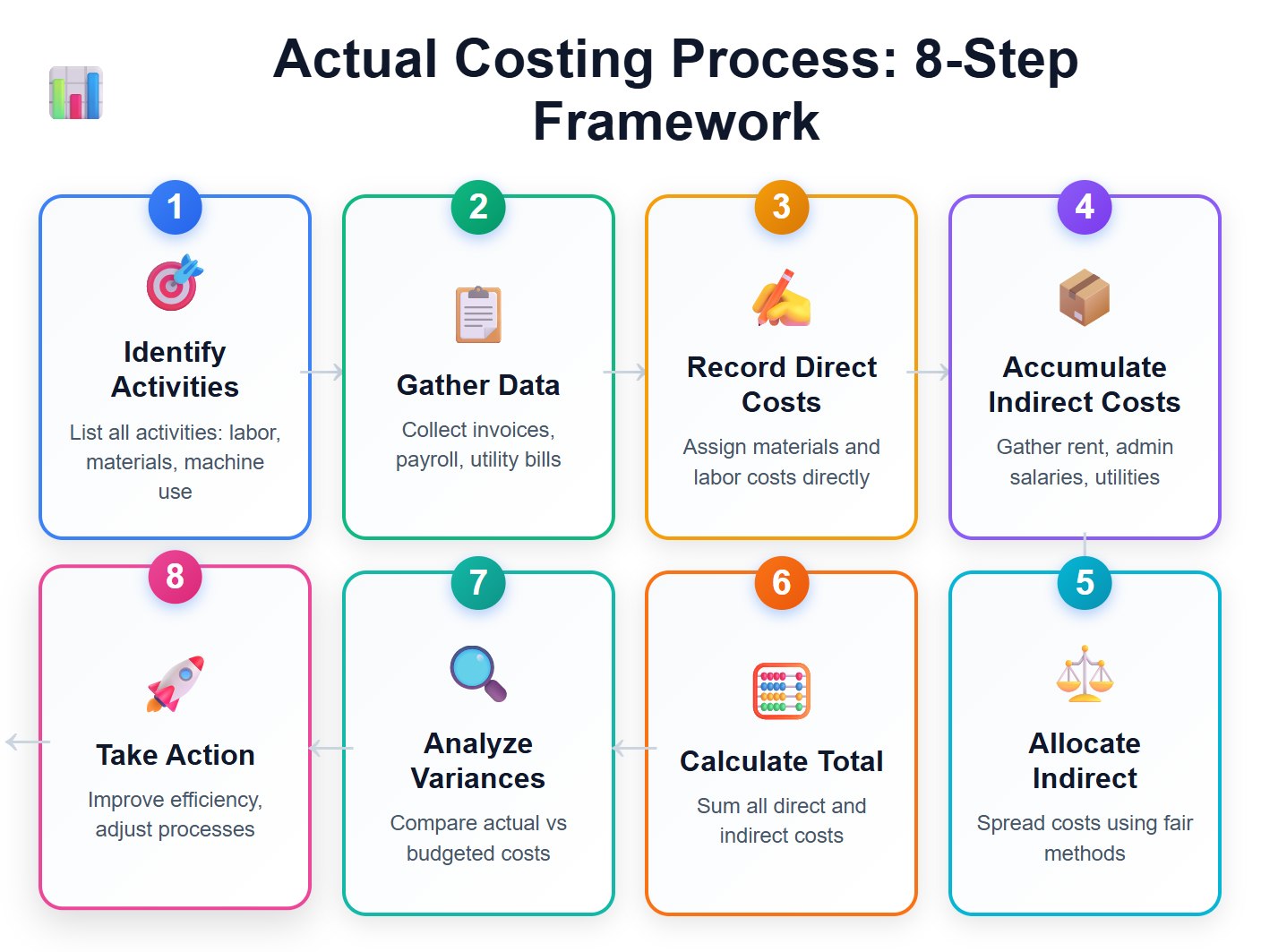
Tip: FineBI from FanRuan can help you automate these steps. You can connect your data sources, track actual expenditure in real time, and visualize cost trends. This makes it easier to calculate actual costing and spot issues quickly.
Direct and Indirect Costs
You need to understand the difference between direct and indirect costs when you calculate actual costing. Direct costs are expenses you can trace to a specific product or service. Indirect costs support your business as a whole.
Examples of direct costs:
- Raw materials like steel or wood
- Wages paid to factory workers
- Equipment rental for a project
Examples of indirect costs:
- Rent for your office or factory
- Utilities such as electricity and water
- Salaries for managers and administrative staff
- Insurance and IT support
| Cost Type | Definition | Examples |
|---|---|---|
| Direct Costs | Costs directly tied to a product or service | Materials, labor, project equipment |
| Indirect Costs | Costs that support overall operations | Rent, utilities, admin salaries, insurance |
You must allocate indirect costs fairly to get an accurate picture of your actual costs. Document your methods and follow accounting standards. When you use FineBI, you can track both direct and indirect costs, ensuring your actual costing reports are complete and reliable.
Applications of Actual Cost with FineBI and FanRuan
Financial Reporting
You can transform your financial reporting process by using FineBI from FanRuan. FineBI gives you real-time tracking and visualization of actual cost data. You see up-to-date numbers on your dashboards, which helps you make decisions based on the latest information. FineBI’s high-performance data engine processes large amounts of data quickly. You can extract and analyze multi-dimensional data in seconds, not minutes. This speed means you always have access to the most current total actual cost and total expenses incurred.
FineBI lets you build custom dashboards with KPI cards, funnel charts, and flexible layouts. You can filter and link components to focus on the details that matter most. These features help you track actual costing across different departments or projects. You do not need to rely on IT for every report. FineBI supports self-service analysis, so you can create and modify reports on your own. Strict data permission controls keep your financial data secure and consistent across your organization.
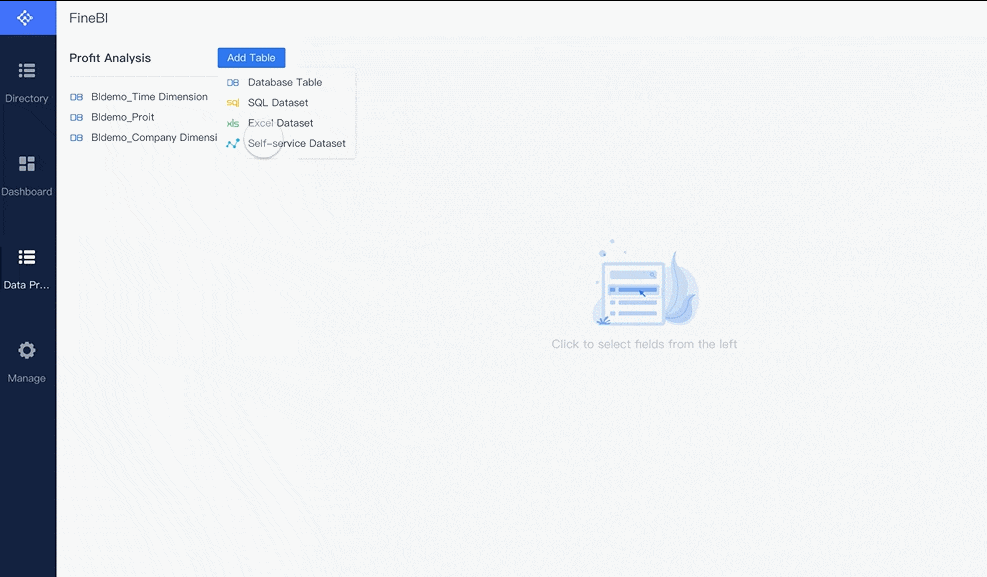
Tip: Real-time dashboards help you spot cost trends and issues as they happen, not after the fact.
Cost Control and Analysis
You can use FanRuan solutions to improve cost control and analysis in your business. FineBI supports data-driven analysis that helps you monitor key financial indicators. The Data Alert plugin sends real-time notifications if costs go above set limits. You do not need to check reports manually every day. The system pushes alerts to the right people, so you can act fast to control costs.
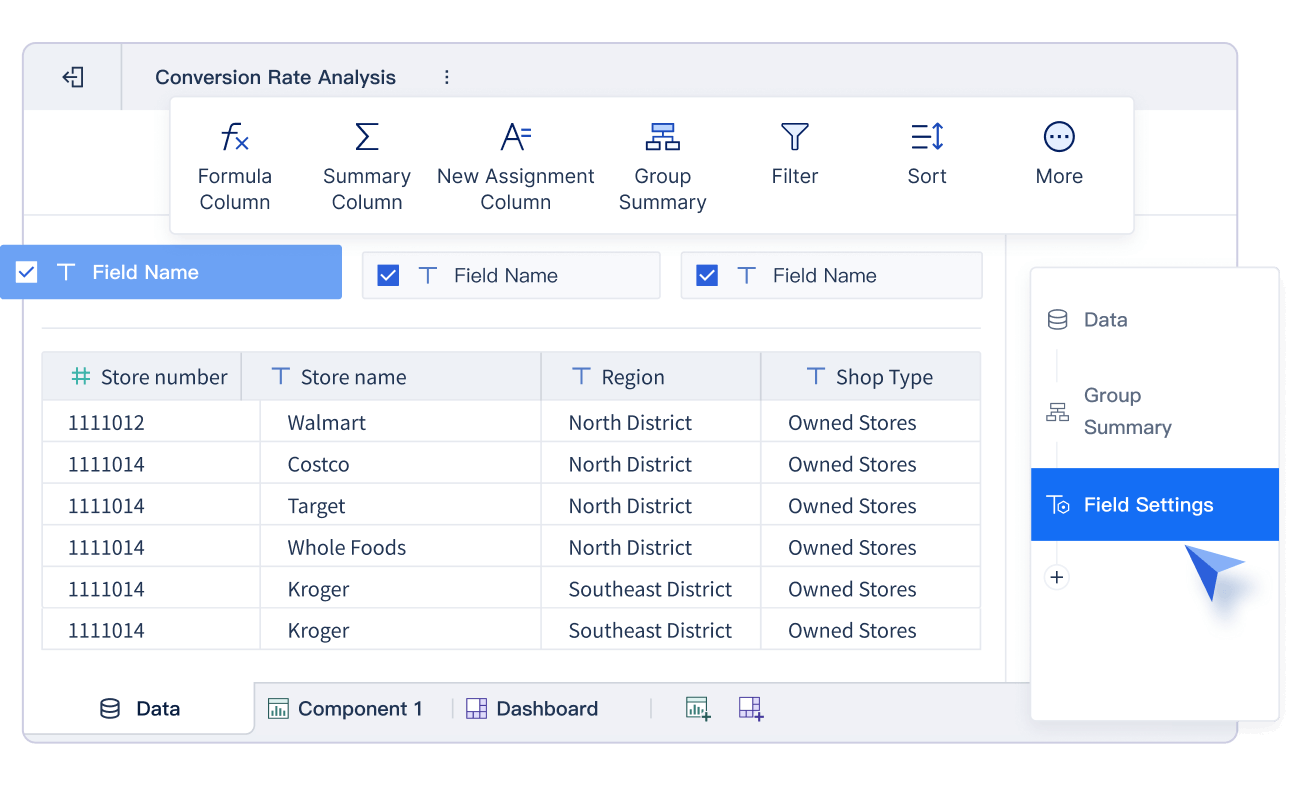
Here is a table showing how FanRuan solutions help your business grow:
| Feature/Benefit | How It Helps Your Business Grow |
|---|---|
| Customization | Tailors dashboards for precise cost control |
| Scalability | Handles large data and users without slowing down |
| Security-first Culture | Protects sensitive data and reduces risk |
| Integration | Unifies data sources for better analysis |
| Ease of Use | Lets non-technical users generate insights quickly |
| Support Services | Provides expert help and training for smooth operations |
You can also manage permissions by user role, which keeps your financial data safe and supports compliance. FineBI’s integration features bring all your cost data together, so you get a complete and accurate view. This unified approach helps you find ways to reduce costs and improve efficiency.
Also, You can join our upcoming FanRuan webinar series on Data Storytelling, where we’ll go beyond metrics and dashboards to explore how to:
Conduct meaningful cost analysis with context
Interpret gross profit and cost metrics correctly
Visualize and present your findings using real-world BI tools
Use data storytelling to justify strategic decisions
Prepare your data for AI-driven insights
Whether you're an analyst looking to improve your cost reporting or a business leader driving budget decisions, this session will give you the tools and mindset to turn cost data into a clear, actionable narrative.
Challenges and Best Practices of Actual Cost
Common Issues
When you track costs in your business, you may face several challenges. These problems can make it hard to get reliable numbers and can affect your financial results. Here are some of the most common issues:
- Lack of standardized processes can cause inconsistencies in how you record costs.
- Limited data availability or outdated records make it hard to get a full picture.
- Complex projects with many variables can lead to confusion and errors.
- Poor communication between teams often results in misunderstandings about spending.
- Incomplete or inaccurate documentation can delay payments and cause disputes.
- Delays in invoicing disrupt cash flow and slow down your projects.
- Discrepancies in measuring progress can lead to billing mistakes.
- Data stored in separate systems makes it difficult to access and analyze all your costs.
- Resistance to change from employees can slow down improvements in cost tracking.
If you do not address these issues, you risk making decisions based on bad data. This can lead to financial losses, billing errors, and even damage your reputation. For example, companies have lost millions due to payroll mismatches or billing mistakes. Inaccurate data can also cause you to miss business goals and lose trust with customers and partners.
Tips for Accuracy
You can improve the accuracy of your cost tracking by following some best practices. These steps help you avoid errors and make better decisions:
- Define your project scope and cost categories clearly. Make sure everyone agrees on what to track.
- Use key metrics like Cost Variance (CV) and Cost Performance Index (CPI) to measure how well you control spending.
- Keep your data up to date and check it regularly for mistakes.
- Automate data entry and reporting where possible. Tools like FineBI help you connect systems and reduce manual errors.
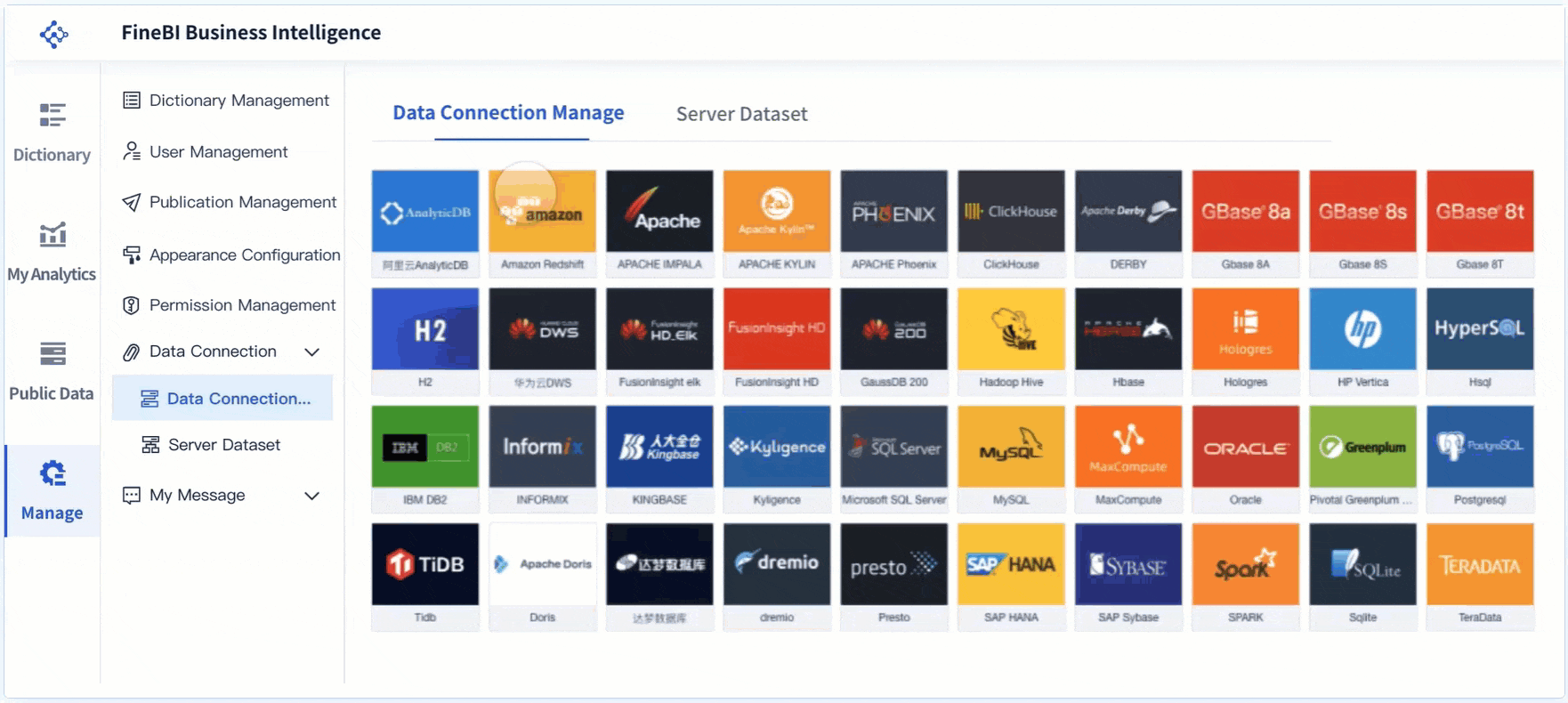
- Train your team on the importance of accurate cost tracking and how to use your software.
- Review entries for common mistakes, such as missing or duplicated numbers.
- Encourage open communication between finance, operations, and procurement teams.
- Regularly update your systems and processes to keep up with changes in your business.
Tip: Investing in technology to automate and integrate your cost data is often cheaper than fixing mistakes later. Automation also frees up your team to focus on more valuable work.
By following these tips, you can improve transparency, reduce errors, and make smarter decisions for your business.
You gain a clear advantage when you track costs accurately and respond quickly to changes. Regular analysis helps you spot variances, reduce risks, and improve forecasting.
- Digital tools like FineBI let you create interactive reports, visualize data in real time, and collaborate across teams.
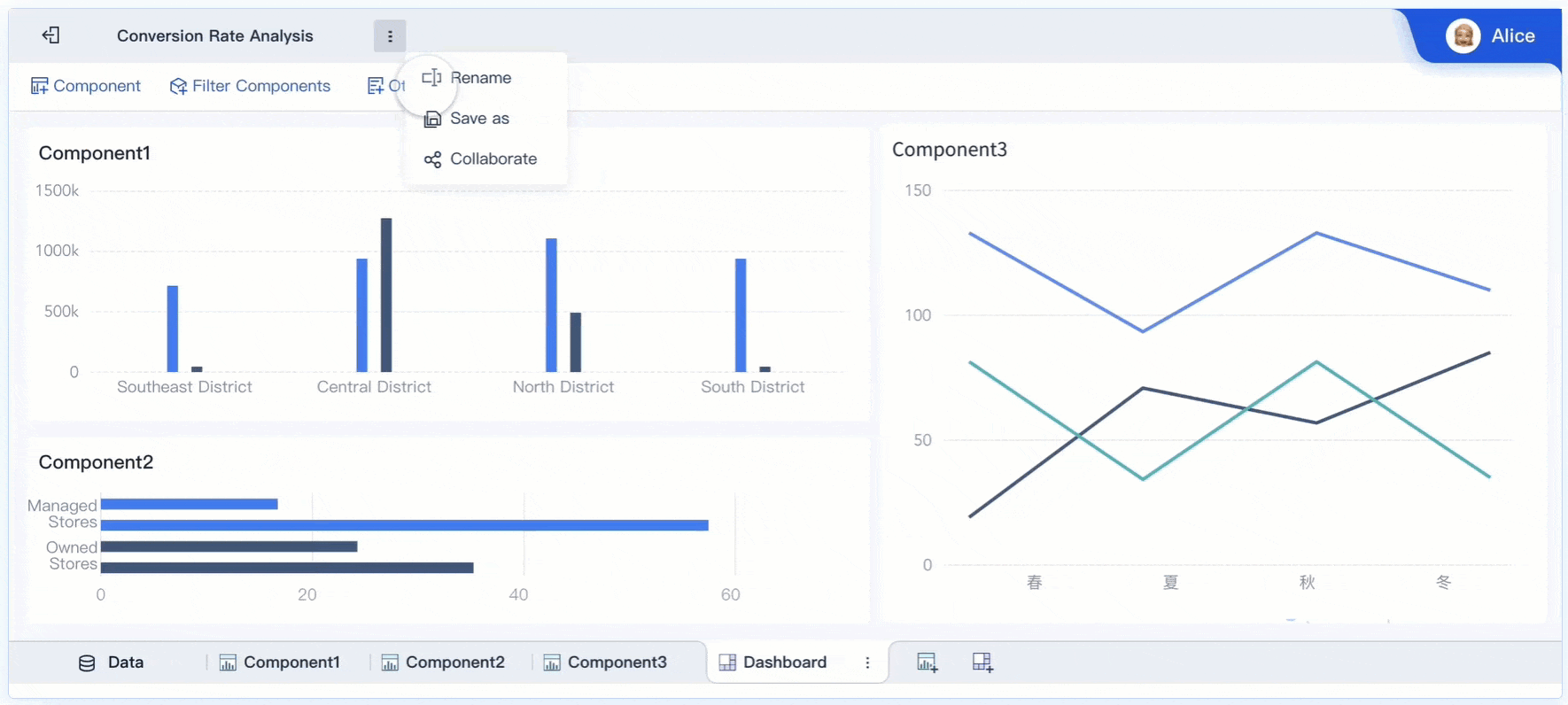
- Many large companies have used these methods to finish projects on time and within budget.
Stay ahead by using best practices and modern BI solutions. This approach supports smarter decisions and stronger financial results.
Click the banner below to try FineBI for free and empower your enterprise to transform data into productivity!
Continue Reading About Actual Cost
Unlocking Business Success with the AARRR Metrics Framework
What is Pareto Chart and How Does it Work
Essential Tips for Successful Customer Behavior Analysis
Making Metric Conversion Chart Easy for Everyday Life
What is Cost Analysis and Why Does It Matter in Business
What Is Sales Revenue and Why Is It Important for Businesses
FAQ

The Author
Lewis
Senior Data Analyst at FanRuan
Related Articles
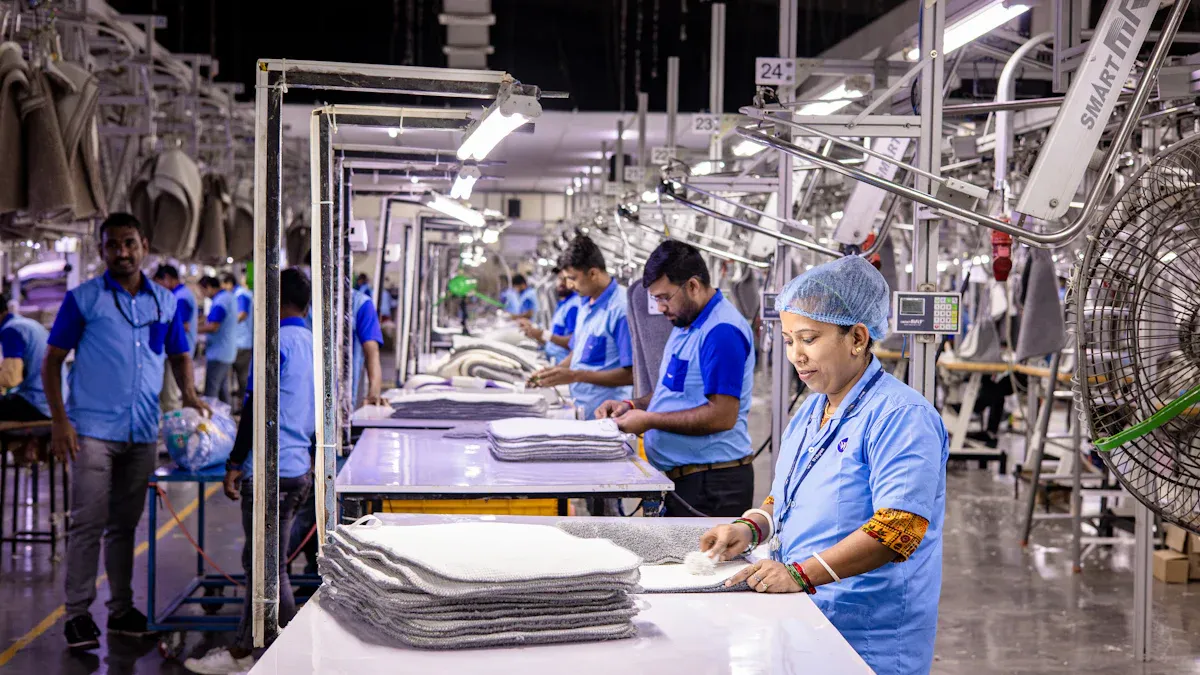
10 Best Retail Analytics Software Platforms for Retailers
Compare the 10 best retail analytics software platforms for retailers to boost sales, optimize inventory, and gain actionable customer insights.
Lewis
Dec 16, 2025
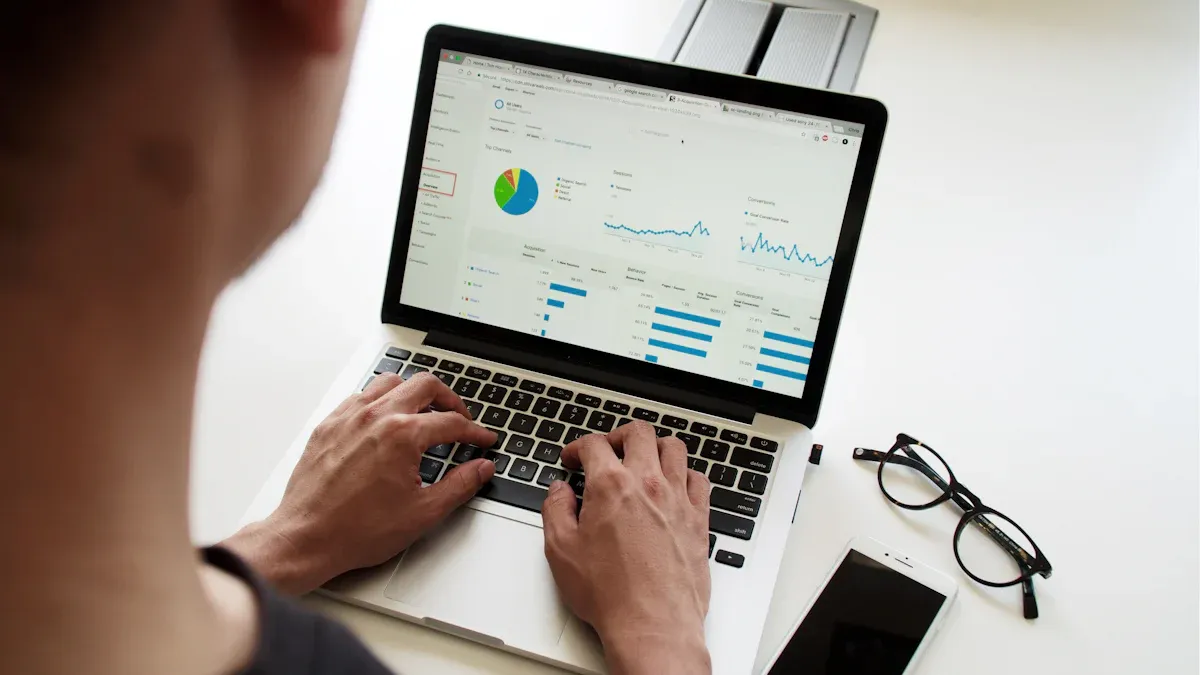
11 Best Tools for Research Analysis for Academics
Compare the 11 best tools for research analysis to boost academic and professional research efficiency, data management, and collaboration.
Lewis
Dec 11, 2025

10 Best Market Research Data Analysis Tools to Try This Year
See the top 10 market research data analysis tools to boost insights, streamline workflows, and make smarter business decisions this year.
Lewis
Dec 11, 2025
